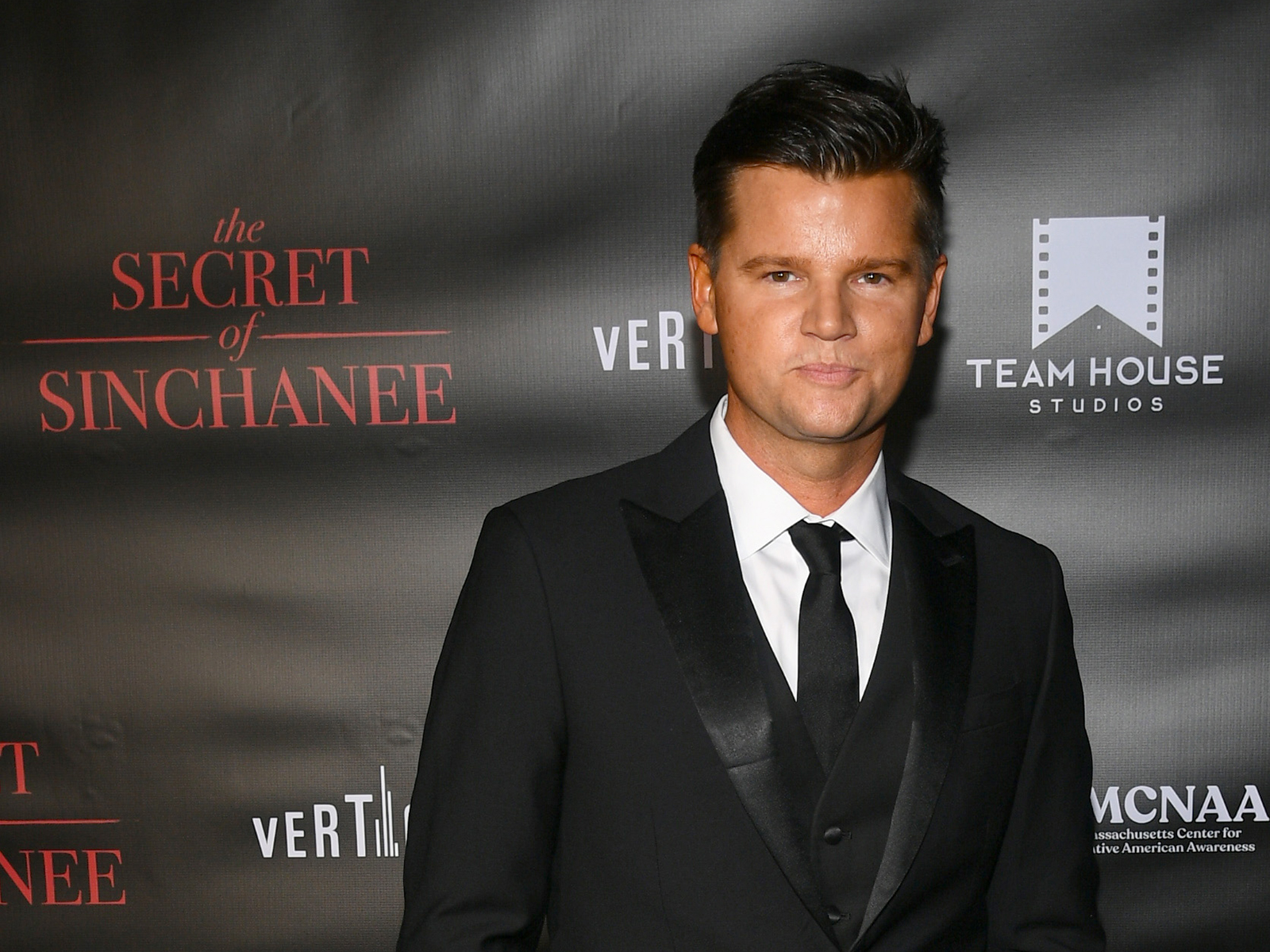
- Interviews
Steven Grayhm: More Than a Movie – a Mission
Team House Studios is not your typical production company. Founded in 2020 by filmmaker Steven Grayhm with former NFL’er and Green Beret Nate Boyer, its aim was to become the foremost film and TV production company in the industry that was committed to empowering military veterans both in front of and behind the camera through real, hands-on training. Within that, their mandate was simple; to create an equal opportunity environment for all genders, races and backgrounds.
First out of the gate for Team House is their debut film, The Secret of Sinchanee, a paranormal thriller set in a small town in western Massachusetts, with a plot that not only taps into local indigenous mythology but also explores the effects of xenophobia, childhood trauma and mental illness.
Grayhm, a graduate of Britain’s Royal Academy of Dramatic Arts, has previously acted alongside such heavyweights as Al Pacino, Dianne Wiest and Jessica Chastain in the Los Angeles theater production of August Strindberg’s classic, The FatherSmallville, CSI and Cold Case; and made a memorable comedic debut in the Wayan Brothers hit White Chicks. But it was his first directorial effort, the short Vodka, Winter and the Cry of the Violin, which brought Grayhm a nomination for the Discovery Award at the Hollywood Film Festival, that fueled the Canadian native to put pen to paper and write The Secret of Sinchanee, a film that would be more than just a movie – it would be a mission.
You not only directed, wrote and starred in this film, but you also produced it with a clear sense of mission. How important was it for you to empower veterans and teach them creative skills?
GRAYHM: Our mission with Team House was to empower veterans in front of and behind the camera. We just wanted to give people that we felt were marginalized in society an opportunity that they might not otherwise get. The biggest gift, the biggest thing that you can give a veteran aside from asking them actually how they are doing, is a sense of purpose. That is what we strive to do with the production company. Usually, it’s in a veteran’s DNA – they are hard workers; they are used to long hours.
How did that manifest itself on set?
GRAYHM: One of the greatest compliments that we have gotten from a lot of retired veterans who were on this film, was, I had retired Command Sergeant Major Don McAlister, who had served in the Army for 24 years and played Wayne Codder, the drifter in the movie, and a week into it I checked in with him and I said, “How’s everything going? I know it’s your first time acting – how is everything at the house?” We had rented houses where all the veterans lived together. And he’s, like, “Oh, brother, it’s great, it’s like being back in the barracks, we have chow together, and I missed those old stories, I missed those old times.” I mean it was just so uplifting to hear that, and I didn’t think of it that way, that component – I am just thinking of the film and making sure he has the support and all the tools that he needs there. I started to find that that was the case with many of the veterans that we worked with. I think that for us and our mission, moving forward with the other films that I want to direct in the coming years, is that I am going to continue that, I hope to continue to grow it.
Let’s get back into the film. How much of a paranormal fan were you to set your film in this world?
GRAYHM: I think there’s no escaping it, shooting a movie in Western Massachusetts. That really was the sort of impetus for everything, because my wife is from Western Mass: it’s where we got married, and having spent a lot of time there, especially in the winter, the wheels started turning where I was, like, “I think there’s something here.” And of course, I delved into the research and history, centuries-long history in that area in Western Massachusetts, which was fascinating.
You have an indigenous heritage yourself: did that make it important to you to tap into that culture and how it plays out in the modern world?
GRAYHM: Well, the tribe, the Sinchanee, is a fictitious tribe that is based – my being born in Canada, very close – on something similar to the Métis, which is a sort of mixed-race tribe of European settlers and First Nations people. But in my research, I uncovered that indigenous peoples were eradicated – they were subjugated, slaughtered, based on the fact that they were treated as if they were devil worshippers because, for one, it was easier for the settlers to impose these things on something that they just didn’t understand. So, I delved into that on that aspect where it’s the settlers in the film that are actually the followers of a cult, the devil-worshippers in it. The indigenous people in the movie, as history had it, are being eradicated. But the secret in the story, which I am not going to reveal, is why this cult is trying for centuries basically to eradicate these people. On a personal level, they always say to write what you know, so this was a deeply personal story.

